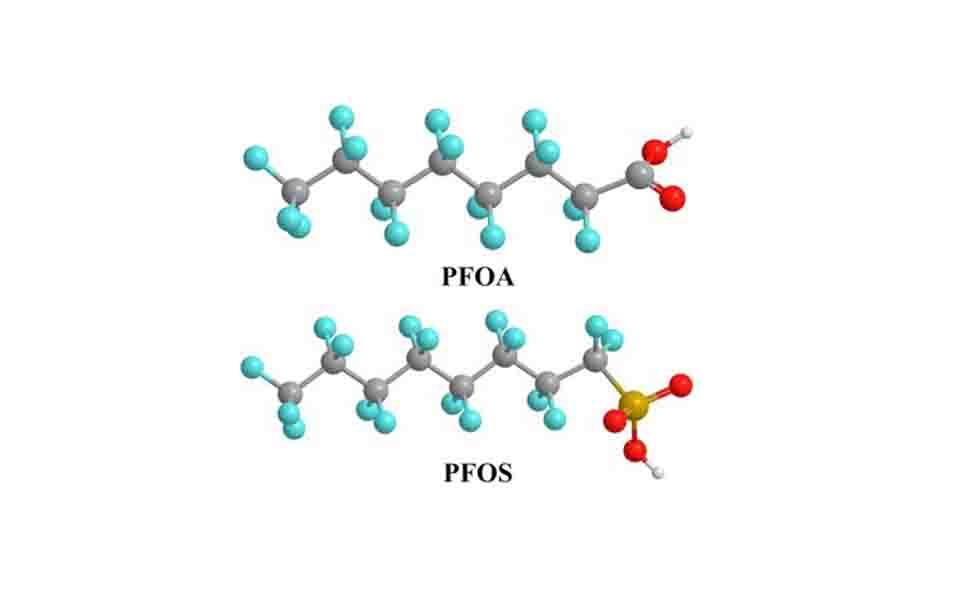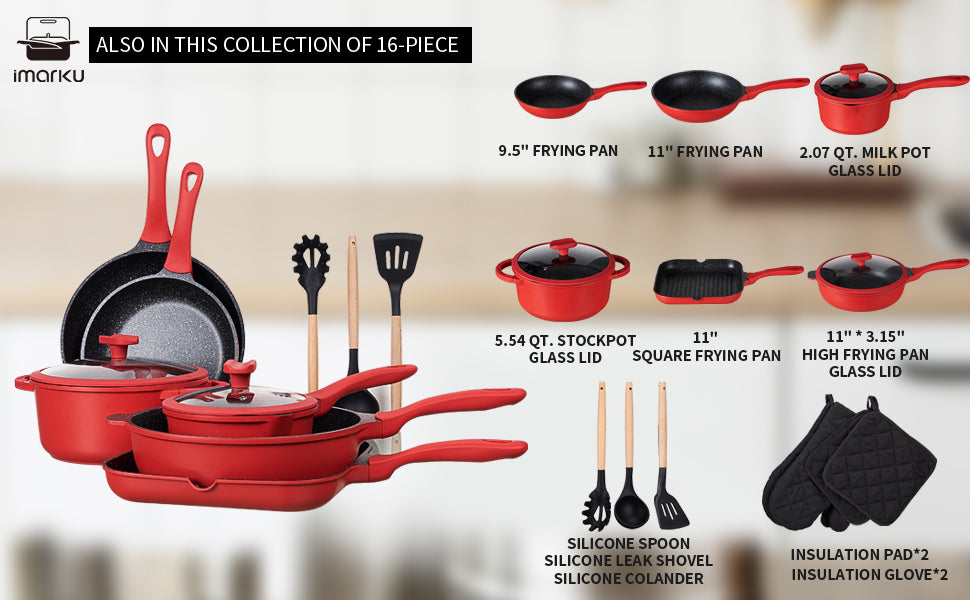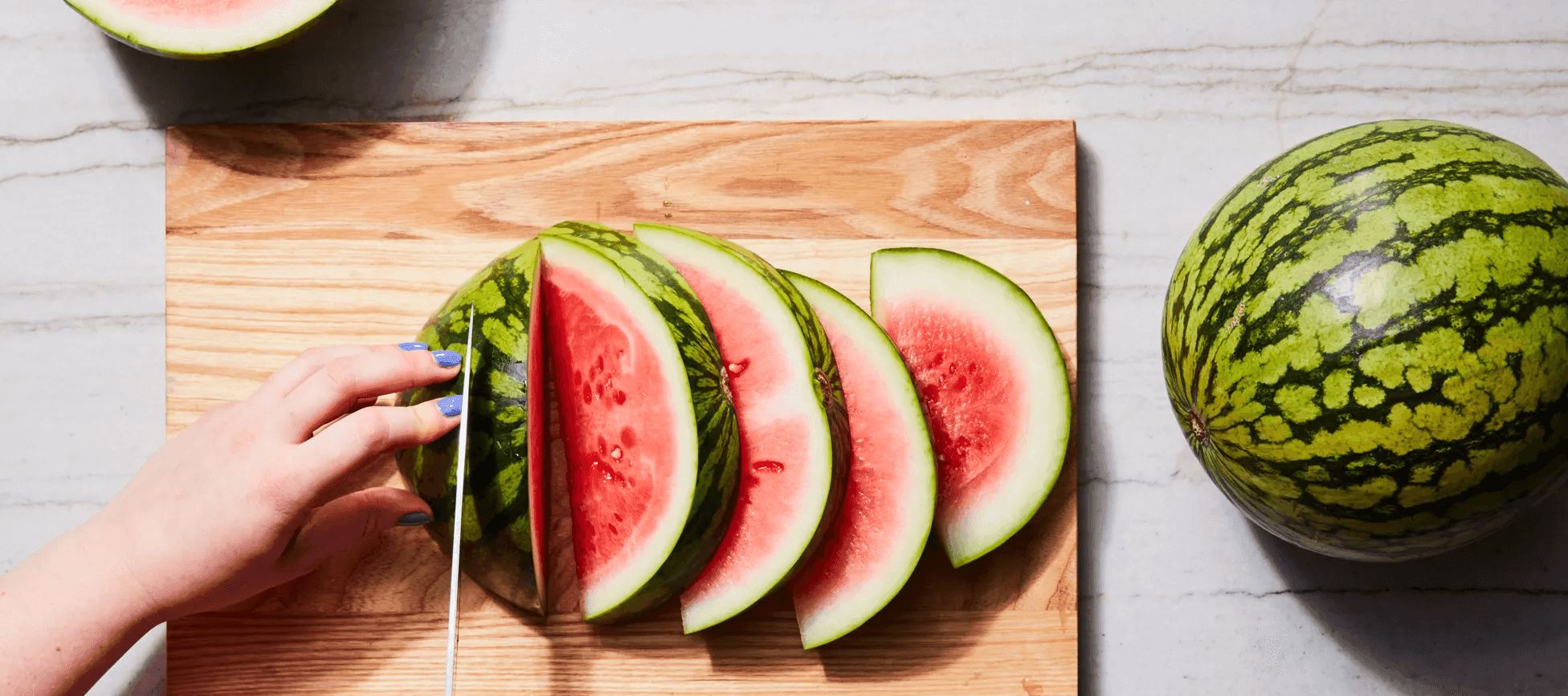TABLE OF CONTENTS
The chemical that humans manufacture has a significant ability to remain in the natural environment. PFOA, also known as perfluorooctanoic acid, has the potential to pollute the air, surface water, and soil both during and after the production process.
In the United States, experts like the EPA or The Environmental Protection Agency, which is responsible for the active monitoring of water supplies, have found that PFOA may be found in significant concentrations in the drinking water of the majority of states. This PFOA pollution may provide considerable dangers to the health of humans.
What Is PFOA?
PFOA can survive in the human body for extended periods. The Centers for Disease Control and Prevention (CDC) state that it has the potential to adversely affect "maturation, reproduction, and injure liver function."
PFOA, a member of the family of chemicals known as PFAS (polyfluoroalkyl substances), has been conducted in controlled laboratory settings using animals as well as through monitoring the health of people who were exposed to the chemical.
The American Cancer Society (ACS) cites research results that indicate exposure to this chemical may increase the likelihood of tumor development in the pancreas, liver, and other vital organs. Studies conducted on humans suggest that exposure to PFOA may raise the possibility of acquiring many types of cancer, including liver and kidney cancer.
There is a sufficient level of danger associated with PFOA for the chemical to be eliminated from the production process of nonstick cookware; nevertheless, further study is required to establish more definitive correlations between PFOA and certain diseases or malignancies.
Where is PFOA Found?
Teflon® is a trademark name that refers to a variety of synthetic compounds, the most well-known of which being polytetrafluoroethylene (PTFE) (PTFE). Since the 1940s, PTFE has been used in the business world.
It is exceedingly stable means that it does not combine with other chemicals, and it may produce a surface that is virtually completely free of friction. Thus it can be used for a broad range of purposes. Most people are acquainted with it since it is a coating surface for pans and other types of cookware that do not stick. In addition to that, it is used in the production of a great number of other items, such as cloth guards.
Another artificial compound is perfluorooctanoic acid (PFOA), or C8. Although it is burnt off while generating Teflon and other related compounds (known as fluorotelomers), it has been utilized in manufacturing. However, it is not present at substantial levels in the production processes.
Because PFOA may be present in the natural ecosystem and the human body for extended periods, it can potentially threaten human health. According to studies, it can be found in the blood of almost all people across the globe, although at very low concentrations.
Residents in communities where the local water supply was polluted with PFOA have been proven to have higher blood levels of the chemical. The levels of PFOA in the bodies of workers who are exposed to the chemical on the job might be several times greater.
Some products, drinking water, and the nonstick cookware in your home may contain trace amounts of PFOA and other chemically related chemicals. Even though PFOA concentrations in drinking water are typically relatively low, these levels may be much higher in particular locations, such as in the vicinity of chemical factories that use PFOA.
It is also possible for people to be exposed to PFOA via the use of ski wax or through the use of carpets and textiles that have been treated to resist stains. Using nonstick cookware does not provide a significant risk of exposure to PFOA.
What are the Side Effects?
Much research has been done looking at the potential of PFOA causing cancer. Researchers conduct two primary kinds of research to investigate whether a particular drug may cause cancer.
Several kinds of research investigate cancer incidence in distinct populations of individuals. These studies may compare the incidence of cancer in a group that was exposed to a chemical to the incidence of cancer in a group that was not exposed to the substance, or they may compare it to the incidence of cancer in the general population.
However, it is not always easy to decipher the significance of these kinds of research findings because various other circumstances may also influence them.
Several studies have investigated cancer incidence in individuals who worked or lived close to PFOA-related chemical factories. According to several of these research findings, higher exposure to PFOA is associated with an increased risk of testicular cancer.
Studies have also revealed probable correlations to kidney and thyroid cancer; however, the risk increases have been minor and might have resulted from random chance.
What is the Difference Between "Made Without PFOA" and "PFOA-Free"?
When you see the phrase "PFOA free" in the cookware, it means simply that the synthetic PFOA is not included in the manufacturing phase of the cookware, which is typically made of PTFE or a related plastic compound. PFOA has been linked to several health problems, including cancer, infertility, and developmental and reproductive issues.
Because the production and shipping procedures bring nonstick cookware in touch with a wide variety of products and substances (such as water), a manufacturer can't state with absolute confidence that any of their nonstick pots and pans do not contain PFOA.
A term such as "manufactured without PFOA" is more accurate if it can be shown that the production process did not include the usage of PFOA.
Should You Be Concerned About Using Nonstick Cookware?
Yes, you need to be concerned about using nonstick cookware. Both human health and the environment are negatively impacted by the chemicals that are utilized in the production of nonstick coatings.
Per- and polyfluorinated compounds, sometimes known as PFAS, are a family of chemicals used to make items waterproof, non-sticky, and resistant to stains.
So, it would be best to choose nonstick cookware free of PFOA. For example, 16-Piece Nonstick Cookware Set | imarku. The non-stick cooking pot surface layer adopts Whitford xylan, ensuring this pot and pan free of PFOA, PFOS, lead & cadmium.
Conclusion
While the use of PFOAs has been restricted in the United States, you can guarantee there are other chemicals out there that have similar properties and might be just as harmful in the future. We don't know what these new substances will do to us in the long run. In the same way that PFOA levels in the blood are declining, levels of a chemical called PFNA are rising among US consumers.























Leave a comment
All comments are moderated before being published.
This site is protected by hCaptcha and the hCaptcha Privacy Policy and Terms of Service apply.